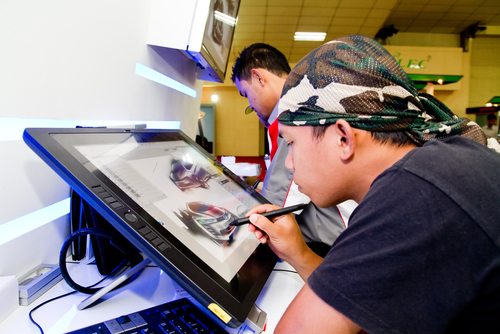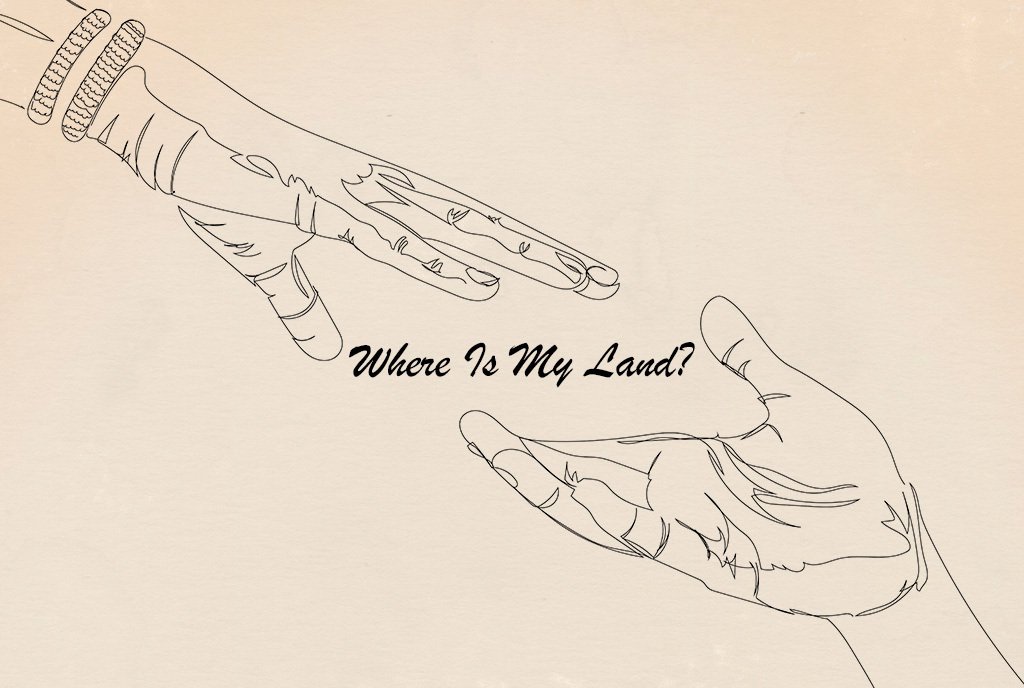
pistolseven / Shutterstock.com
April 26, 2012; Source: Good
The yellow wristbands of the Lance Armstrong Foundation support cancer research. Pink is the color for breast cancer research. Orange indicates MS research, though green bracelets also sometimes signify muscular dystrophy research. Green also often signifies environmental causes, and orange is also the color of the National Cancer Society’s anti-smoking campaigns—and the “Kony 2012” wristbands come in multiple colors.
Sign up for our free newsletters
Subscribe to NPQ's newsletters to have our top stories delivered directly to your inbox.
By signing up, you agree to our privacy policy and terms of use, and to receive messages from NPQ and our partners.
Do specific colors have any meaning to social change nonprofits? Can they be used for social change? Pantone, which, according to its website, works on “matching and communicating colors to solve the problems associated with producing accurate color matches in the graphic arts community,” asked graphic design students at the Academy of Art University in San Francisco to examine that question. Divided into eight teams working on different issues (“Team Environment” on rising sea levels, “Team Discrimination” on bullying, “Team Sense” on how to help colorblind people “see” color, etc.), the design students started with the idea of actually researching the issues before picking a “color as the foundation of a campaign for its chosen cause.” Their professor, Tom Sieu, noted that a six-week research effort is “rare in a design curriculum. Usually, on week two of any given design class, students go off and start designing without developing a true sense of the problem they’re attacking.”
“Team Literacy” has come up with red as its campaign color (red being a homophone for “read”). “Team Sense” developed a “Reveal Color Code System” to identify shapes with colors (a hexagon is blue, a triangle is yellow, etc.) to be affixed to clothing. The results of the effort will be presented on May 14th, with the winning team receiving a $10,000 scholarship from Pantone.
“College students are taught about design, but then they get out into the professional world and struggle trying to get their message across,” Pantone VP Giovanni Mara said. “For the presentations, the students had to organize their thoughts and put together a cohesive presentation and communicate what they’re trying to do…I think that’s something that’s always lacking in design schools today.”
What pays graduating design students is often work in private sector corporate settings, with rare opportunities to think about the uses of design—and color—for nonprofit sector-oriented social change campaigns (unless they are tied to corporate cause-related marketing efforts). Hopefully, Pantone’s San Francisco experiment will have induced Academy of Art students to imagine putting their design skills to work on behalf of social causes.—Rick Cohen












